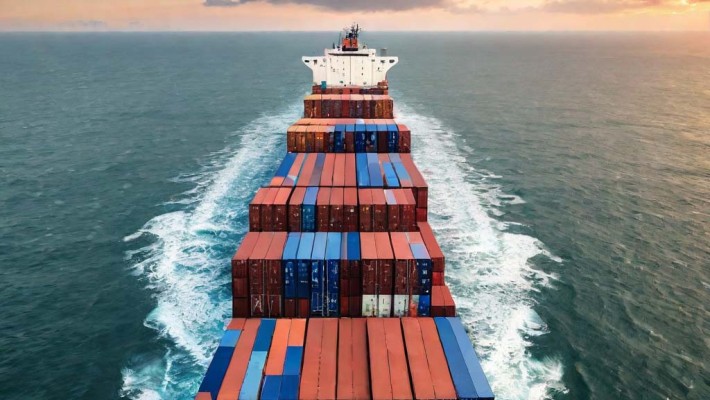Freight Forwarder Insights
Huin International Logistics Latest Articles
Navigating Ocean Freight Rates: Mastering the Art of Efficient Shipping
Ocean freight plays a pivotal role in the global import and export industry, serving as the backbone of international trade. Shipping goods across vast oceans can be both challenging and complex, with several factors influencing the cost of transporting cargo. One of the most crucial aspects to consider while navigating ocean freight is understanding the dynamics and intricacies of freight rates. In this article, we will delve into the world of ocean freight rates and explore effective strategies to optimize shipping costs.
The Fundamentals of Ocean Freight Rates:
Ocean freight rates represent the cost incurred for shipping goods via oceanic
vessels. These rates are primarily influenced by several key factors, including
the type of cargo, shipping route, distance, container size, and demand-supply
dynamics in the shipping industry.
Shipping Route:
The geographical route, in terms of origin and destination, plays a significant
role in determining freight rates. Certain routes, such as those connecting
major trade hubs, tend to have higher demand, resulting in relatively higher
shipping costs.
Container Size:
Choosing the right container size is crucial for effectively managing shipping
costs. Shipping containers come in various sizes, with the most common being
twenty-foot equivalent units (TEUs) and forty-foot equivalent units (FEUs).
Opting for the appropriate container size based on cargo volume can prevent
wastage of space and reduce expenses.
Cargo Type:
Different types of cargo have varying characteristics and requirements, which
can impact freight rates. Perishable or hazardous goods, for instance, may
require specialized containers or handling procedures, resulting in higher
shipping costs.
Demand-Supply Dynamics:
The supply and demand of shipping capacity in the market heavily influence
freight rates. During peak seasons or times of high demand, freight rates tend
to surge due to limited availability of vessels. Conversely, sluggish markets
or periods of low demand may lead to more competitive rates.
Navigating Ocean Freight Rates Efficiently:
Now that we have grasped the fundamentals, let us explore some strategies to
navigate ocean freight rates more efficiently:
Contractual Agreements:
Establishing long-term contractual agreements with freight carriers can provide
stability and cost advantages. Securing a fixed volume of cargo over an
extended period allows for negotiation of better rates, ensuring greater
reliability and predictability in shipping costs.
Consolidation and Pooling:
Pooling shipments together through consolidation services or freight forwarding
networks can help reduce costs significantly. By sharing container space with
other importers or exporters, small and medium-sized businesses can access more
competitive rates and optimize their shipping expenses.
Regular Rate Monitoring:
Freight rates are highly volatile and can fluctuate depending on market
conditions. Regularly monitoring the market for rate changes and staying
informed about the latest trends enables shippers to make timely and informed
decisions. Utilizing freight rate management platforms or seeking support from
freight forwarders can simplify the process and assist in identifying the most
cost-effective options.
Route Optimization:
Intelligent route planning is instrumental in managing shipping costs.
Identifying efficient routes that minimize transit time and utilize ports with
reasonable fees can contribute to substantial savings. Collaborating with
experienced freight forwarders helps to identify optimal routes and navigate
complex customs regulations effectively.
Utilizing Intermodal Solutions:
Incorporating intermodal transportation solutions, such as combining ocean and
rail or trucking services, can provide greater flexibility and cost efficiency.
Opting for intermodal services can be particularly beneficial for cargoes
requiring inland transportation beyond the port of destination.
Effective Cargo Packaging:
Well-planned and organized cargo packaging can help maximize container space
utilization and avoid unnecessary costs. Optimizing cargo stowage, utilizing
palletizing techniques, or using appropriate packaging materials reduce the
risk of damage and ensure efficient space utilization.
Conclusion:
Navigating ocean freight rates is essential for any business involved in international trade. By understanding the core aspects influencing freight rates and implementing the strategies discussed above, shippers can optimize their shipping costs, enhance operational efficiency, and gain a competitive edge in the global market. Staying updated with industry trends and partnering with experienced freight forwarders can further streamline the process, allowing businesses to create sustainable and cost-effective supply chain solutions in the realm of ocean freight.
